'A Bloody Difficult Subject': Ruth Ross, te Tiriti o Waitangi and the making of history
Auckland University Press, NZ$59.99 hb, 302 pp
Te Tiriti o Waitangi
.jpg)
The Treaty of Waitangi – in Māori, te Tiriti o Waitangi – has in New Zealand, during the past forty years, acquired a degree of significance in relations between the state and iwi and hapū (tribal groups). A permanent commission of inquiry, the Waitangi Tribunal, is empowered to report on claims by Māori that acts or omissions of the state have been or are contrary to the principles of the Treaty and have had prejudicial consequences.
The Treaty was first signed on 6 February 1840 in the far north, and eventually by more than five hundred chiefs as far south as Foveaux Strait, although the leaders of some major iwi did not sign. All but thirty-nine signed the Māori text.
In Māori, by the first article the chiefs gave to Queen Victoria ‘te Kawanatanga katoa o o ratou wenua’, while the second article guaranteed to the chiefs, tribes, and all Māori ‘te tino rangatiratanga o o ratou wenua o ratou kainga me o ratou taonga katoa’. These have been authoritatively translated as ‘the complete government over their land’ and as ‘the unqualified exercise of their chieftainship over their lands, villages and all their treasures’.
Continue reading for only $10 per month. Subscribe and gain full access to Australian Book Review. Already a subscriber? Sign in. If you need assistance, feel free to contact us.



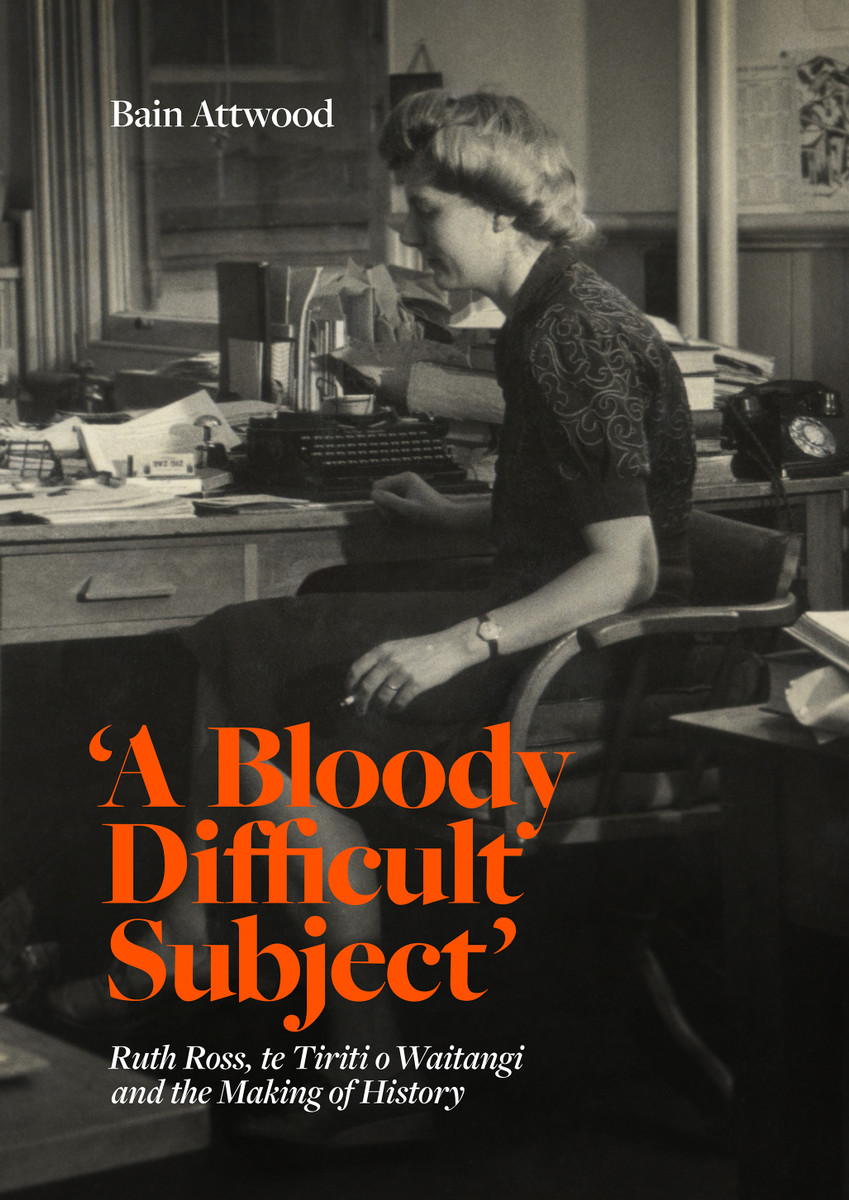
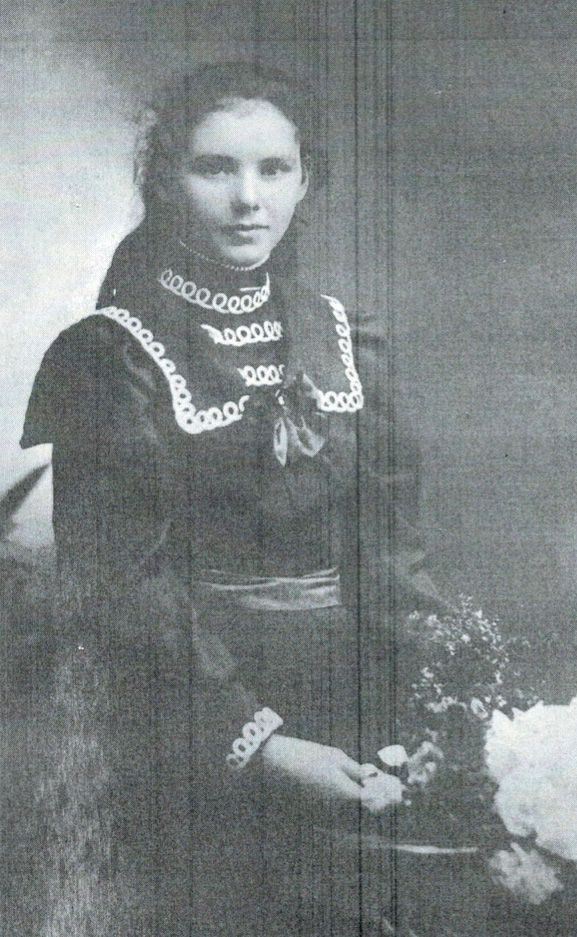

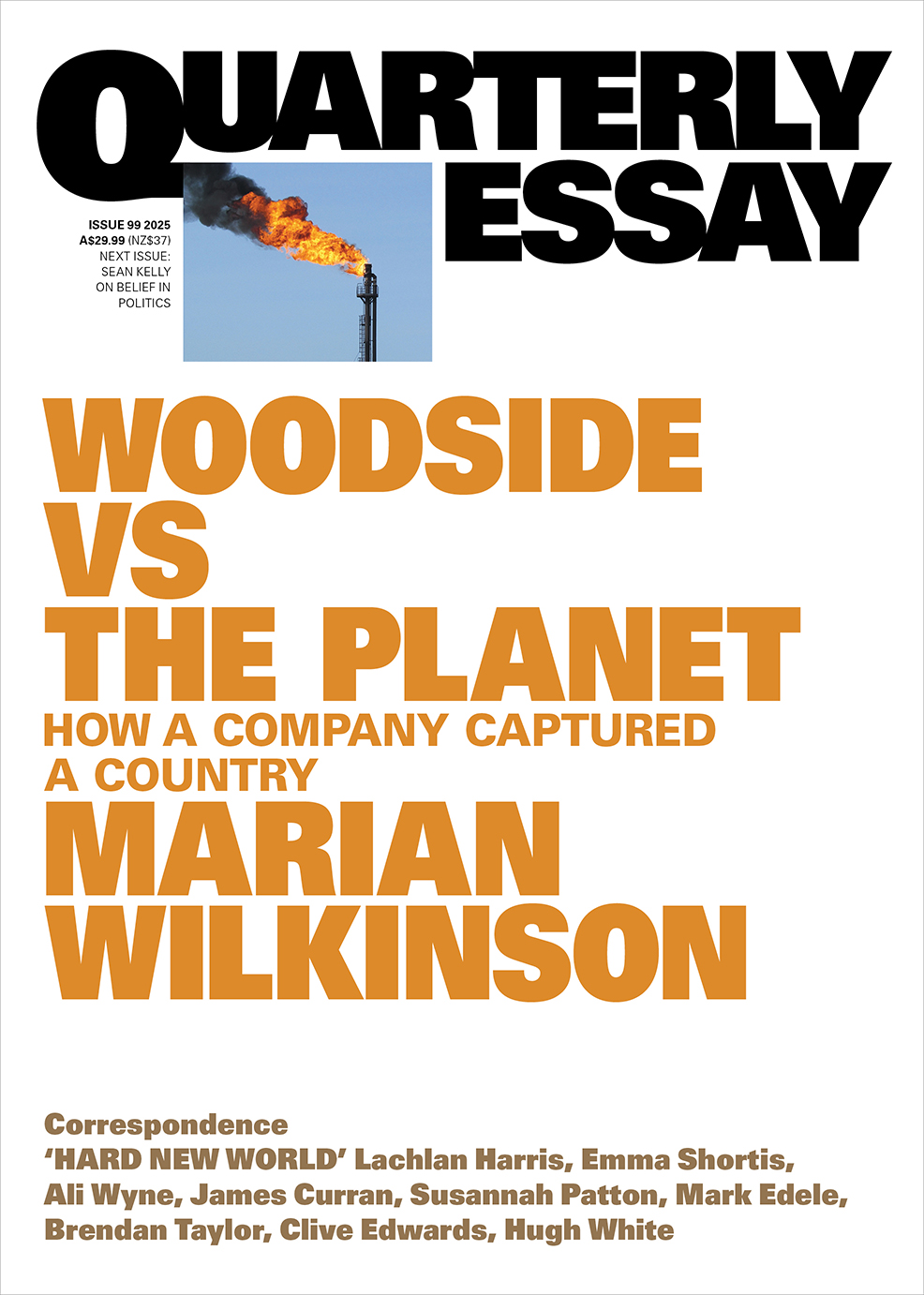

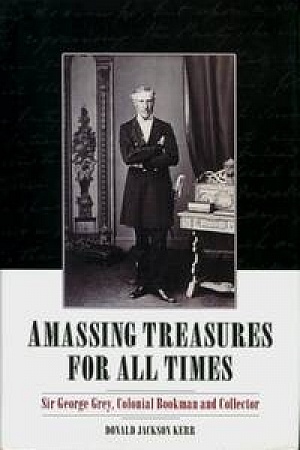


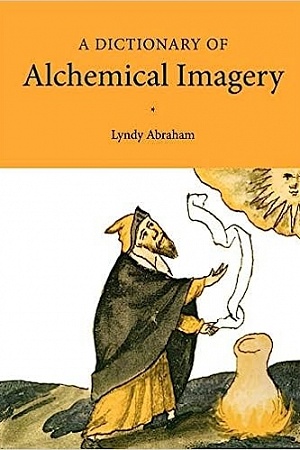
Leave a comment
If you are an ABR subscriber, you will need to sign in to post a comment.
If you have forgotten your sign in details, or if you receive an error message when trying to submit your comment, please email your comment (and the name of the article to which it relates) to ABR Comments. We will review your comment and, subject to approval, we will post it under your name.
Please note that all comments must be approved by ABR and comply with our Terms & Conditions.